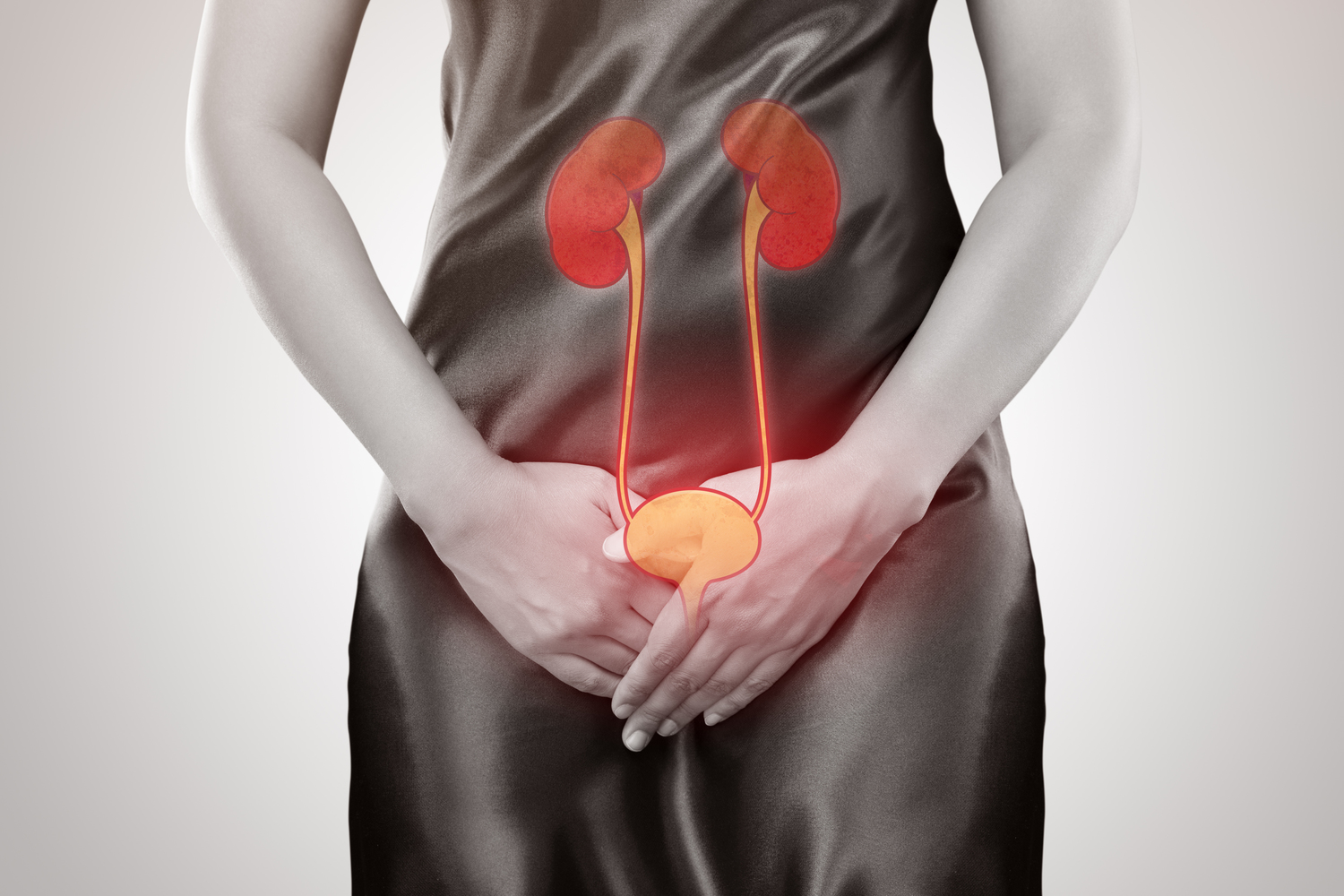Understanding Aortic Aneurysm: Symptoms, Treatments, and Prevention
This article explains the crucial aspects of aortic aneurysm, including its signs, symptoms, preventive lifestyle changes, and treatment options. Recognizing early symptoms like chest or abdominal pain can facilitate timely medical diagnosis. Lifestyle modifications such as a healthy diet, stress reduction, and moderate exercise can help manage the condition. Medical interventions like surgery are available for serious cases. Always consult a healthcare expert for personalized advice and treatment to prevent complications like rupture or organ damage.

Understanding Aortic Aneurysm: Symptoms, Treatments, and Prevention
Aortic aneurysm is a condition characterized by the abnormal bulging of the aorta, the body's main blood vessel. Although the vessel walls are typically strong, they can weaken over time, leading to this serious issue. If untreated, it may result in complications like heart attacks, strokes, organ damage, or rupture. Recognizing the signs and exploring management strategies is essential for effective care.
Common Symptoms
Early stages of an aortic aneurysm often show no symptoms. However, as it enlarges or affects surrounding organs, symptoms may become noticeable.
Chest pain: Sudden, sharp chest pain, especially in the upper chest, can indicate a thoracic aneurysm. It’s persistent and intense.
Back, neck, and jaw pain: Sharp pain in the back, which does not improve with movement, may suggest an aneurysm. Similar discomfort may occur in the neck or jaw.
Abdominal discomfort: When an aneurysm develops near the stomach, abdominal pain is common. Pain may worsen with activity or eating and may be accompanied by nausea or vomiting.
Throbbing sensation: Feeling pulsating or throbbing in the abdomen might signal an abdominal aneurysm.
Swallowing difficulties: The aneurysm pressing against the esophagus can cause swallowing problems.
Breathing issues and dizziness: Pressure on the windpipe may lead to breathing difficulty and dizziness.
Irregular heartbeat and fatigue: Disrupted blood flow may cause abnormal heart rhythms and persistent tiredness.
Swelling: Swelling in the face, neck, or arms may occur if the aneurysm compresses veins responsible for upper body blood flow.
Coughing and hoarseness: Persistent coughing, sometimes coughing up blood, and voice changes can be linked to an aneurysm.
Fullness in the stomach: Feeling full despite small meals could be a sign.
Lifestyle and Home Care
Heart-healthy diet: Consuming fruits, vegetables, whole grains, lean proteins like chicken and fish, and low-fat dairy can support vascular health. Reducing saturated fats, trans fats, and salt intake is beneficial.
Stress management: Reducing stress lowers blood pressure, decreasing aneurysm risk.
Regular exercise: Moderate activities like daily walking help improve cardiovascular health. Avoid intense workouts that may worsen the condition.
Medical Treatment Options
Open surgery: Removing the affected segment of the aorta and replacing it with a synthetic graft is common for large or ruptured aneurysms.
Endovascular repair: A minimally invasive procedure that reinforces the aneurysm walls to prevent rupture.
Important Reminder: This article provides general information about symptoms and treatments. It is not medical advice. Always consult a healthcare professional for personalized diagnosis and care.










